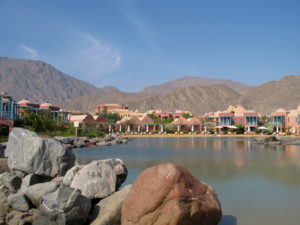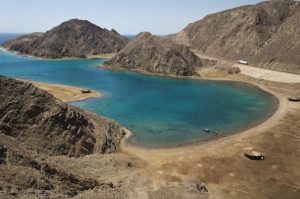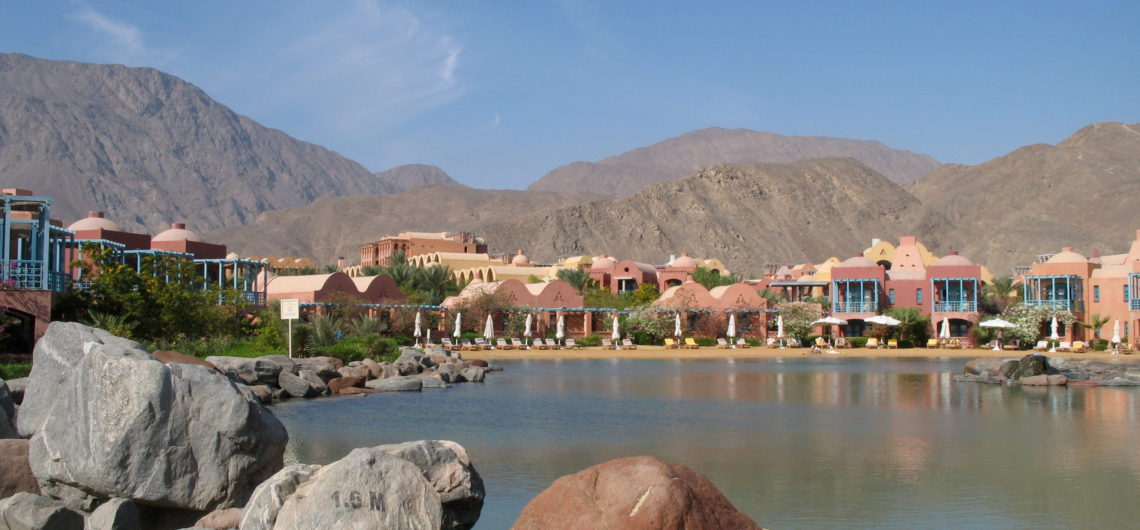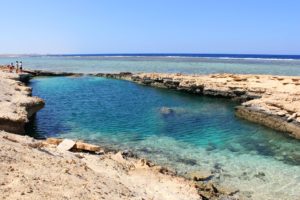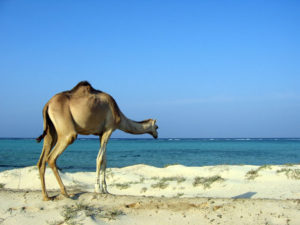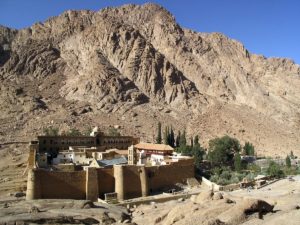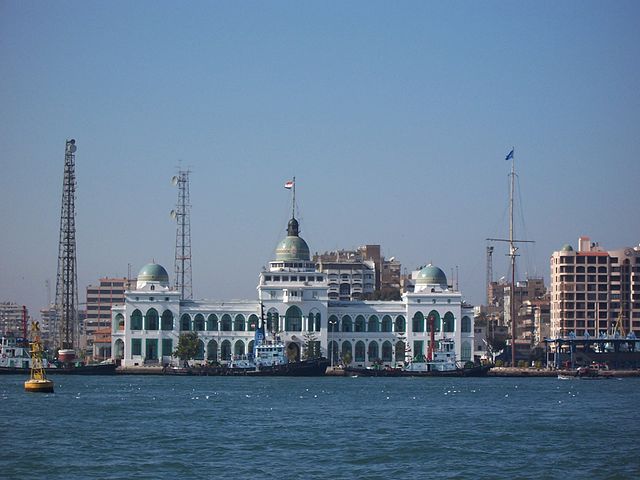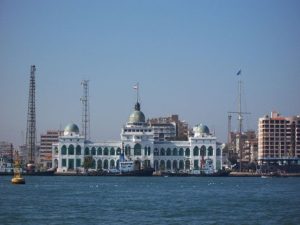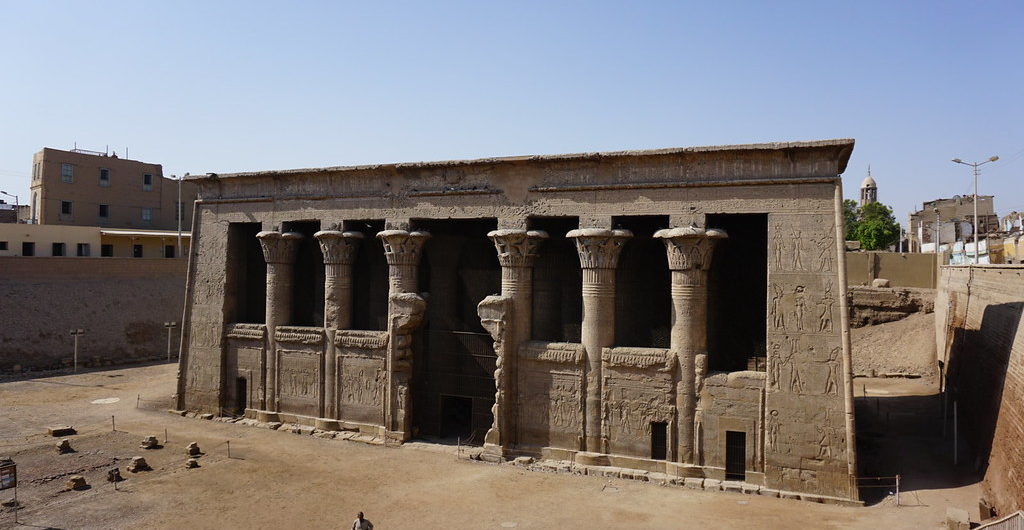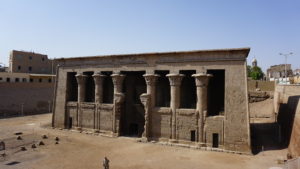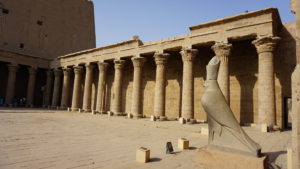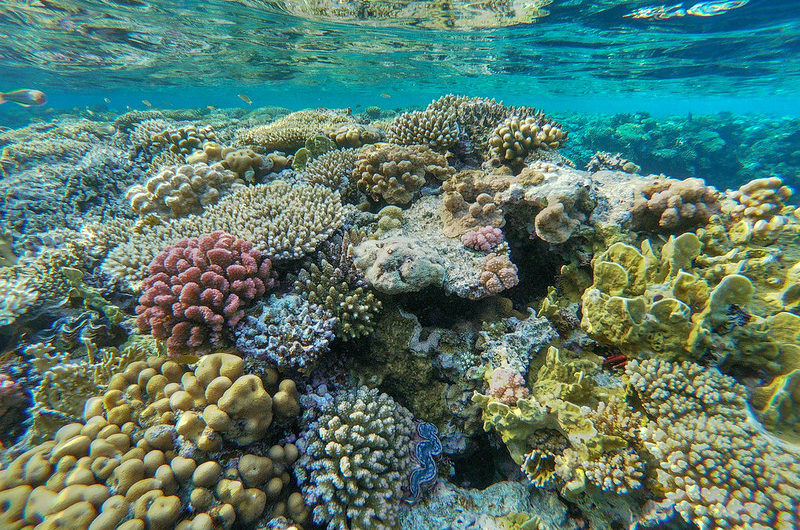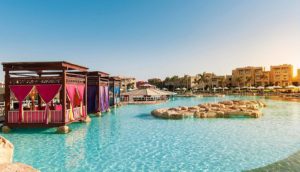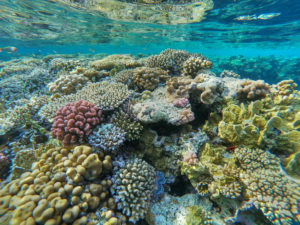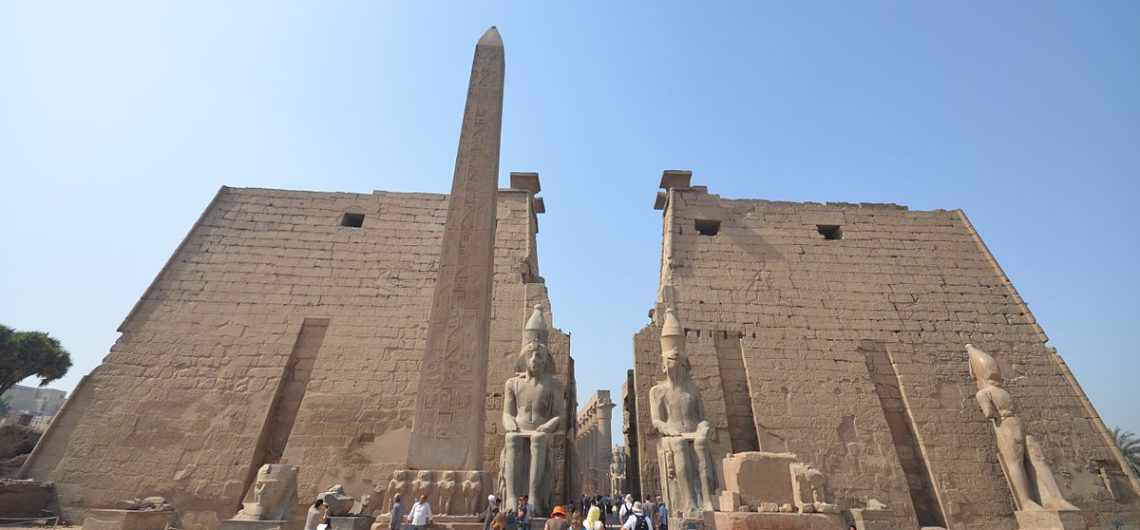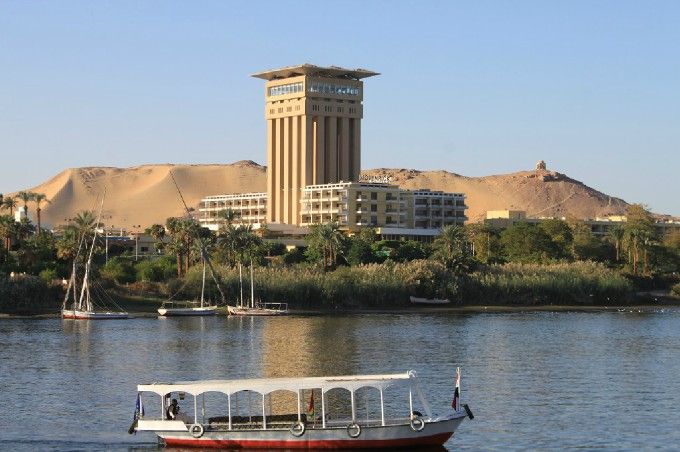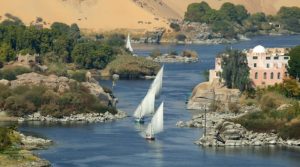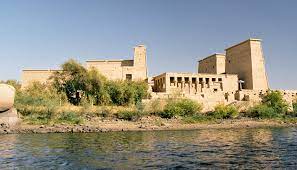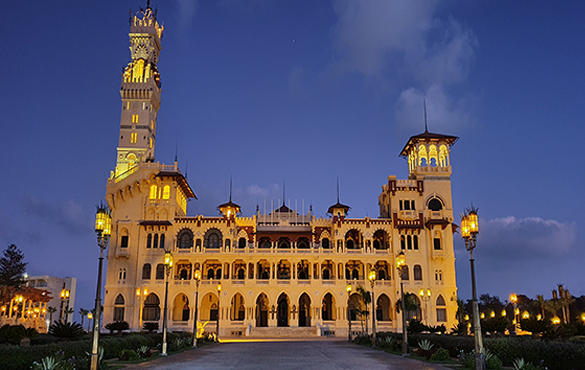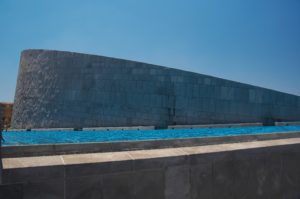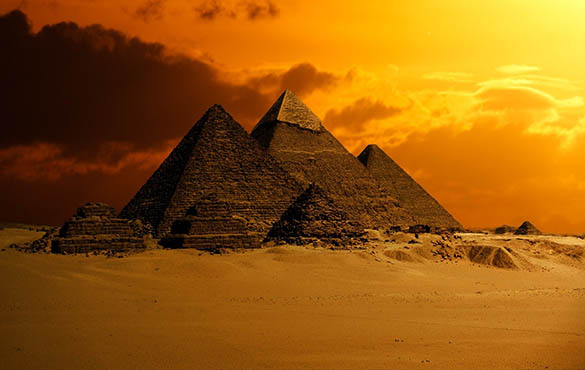Kahert al-Muizz, the city of a thousand minarets, Al-Mahrousa, the jewel of the East, all of them are names for the same city, which is the city of Cairo, the capital of Egypt and its most important and vital city and the largest among the Arab capitals in terms of population. This fascinating city is inhabited by more than ten million people, representing a percentage exceeding 10% Of the population of Egypt. The city is characterized by a unique mix of different civilizations and cultures. It is also the headquarters of many different international and regional organizations and bodies. It houses the League of Arab States in addition to many regional offices of organizations and bodies such as the United Nations Organization for Women, the Food and Agriculture Organization “FAO”, the World Health Organization and others. Cairo is located in the north of Egypt on the side of the Nile River, and is characterized by a moderate climate most times of the year. The name of the city mean “the conqueror” and this name was given by the Fatimid Caliph Al-Muizz Li Din Allah, as an indication that this city will conquer the Abbasid state at that time. The city has acquired through the ages a high position and great importance that made it one of the most important tourist cities in the world. City history Cairo is considered one of the oldest cities in history, and the city has a rich cultural, civilizational and historical background that cannot be matched by many cities, due to the succession of many empires to rule Egypt, and as a result of the accumulation of these different cultures and civilizations through the ages, the city has become one of the most popular tourist destinations in the world. The beginning was with the Pharaonic
Kahert al-Muizz, the city of a thousand minarets, Al-Mahrousa, the jewel of the East, all of them are names for the same city, which is the city of Cairo, the capital of Egypt and its most important and vital city and the largest among the Arab capitals in terms of population. This fascinating city is inhabited by more than ten million people, representing a percentage exceeding 10% Of the population of Egypt.
The city is characterized by a unique mix of different civilizations and cultures. It is also the headquarters of many different international and regional organizations and bodies. It houses the League of Arab States in addition to many regional offices of organizations and bodies such as the United Nations Organization for Women, the Food and Agriculture Organization “FAO”, the World Health Organization and others.
Cairo is located in the north of Egypt on the side of the Nile River, and is characterized by a moderate climate most times of the year. The name of the city mean “the conqueror” and this name was given by the Fatimid Caliph Al-Muizz Li Din Allah, as an indication that this city will conquer the Abbasid state at that time. The city has acquired through the ages a high position and great importance that made it one of the most important tourist cities in the world.

City history
Cairo is considered one of the oldest cities in history, and the city has a rich cultural, civilizational and historical background that cannot be matched by many cities, due to the succession of many empires to rule Egypt, and as a result of the accumulation of these different cultures and civilizations through the ages, the city has become one of the most popular tourist destinations in the world.
The beginning was with the Pharaonic city of “õn” or Ain Shams today. In the Pharaonic era, the city represented an important center for ancient Egyptian culture through the various ruling dynasties, and this appears in many of the Pharaonic monuments in the city, but after the extreme weakness of the late Egyptian dynasties, Egypt has turned to the rule of the Persians and then the Greek state and then the Roman Empire.
In the year 641 AD, the Islamic state succeeded during the reign of Caliph Umar ibn al-Khattab to seize the rule of Egypt, where the armies of Muslims led by Amr ibn al-Aas were able to defeat the Romans. During the islamic Caliphate, Egypt has been ruled by many states, beginning with the Umayyad state and then the Abbasid state and then The Tulunid state, through the Ikhchidid state, then the Fatimid, and then the Ayyubid state, and ending with the rule of the Mamluks and then the Ottoman Empire.

The most important monuments and tourist attractions
Due to the rich history of the city, Cairo is characterized by a unique mixture of different tourist attractions, starting from the Pharaonic monuments such as the pyramids area, the Sphinx and the Cairo Museum in Tahrir Square, in addition the Coptic archaeological sites such as the hanging church in the City of old, the Church of St. George in the same neighborhood as well, the Church of St. Abu Sarjah, and the Coptic Museum, Which is located within the boundaries of what remains of the Babylon fortress in the Kom Ghorab area.
As for the Islamic monuments in the city, they are a lot to be counted, for example: the Citadel of Salah al-Din al-Ayyubi on the Mokattam Mountain (which also contains the Mosque of Muhammad Ali), the Mosque of Amr ibn al-Aas in the Old city of Cairo, al-Muizz Li Din Allah Street in the Jamaliyeh area (in which we find the Al-Hakim Mosque), Ahmed Ibn Tulun Mosque in Sayyida Zainab, Sultan Hassan Mosque in Al-Darb Al-Ahmar, Museum of Islamic Art in Al-Darb Al-Ahmar area as well, and many more.
Tourism in Cairo is not limited to museums and ancient monuments, but also the charming view of the Nile River. The city has a large number of wonderful places to visit such as the Cairo Tower, Al-Azhar Park, Abdeen Palace, Baron Palace, the Japanese Garden, Zamalek District, and more.
Of course, a tourist trip to any city will not be complete without a shopping, and Khan Al Khalili is the most important destination for buying the most beautiful handcrafted souvenirs of wood and copper, small statues of glass, lanterns and many more, while malls such as City Stars, Cairo Festival, City Center Maadi and others offer many options to buy the latest fashion.
Certainly, after a tiring shopping tour, the day should end with a delicious dinner, and fortunately Cairo has a large number of restaurants, from simple local restaurants to famous international eateries as KFC, McDonald’s and others, and the finest hotel restaurants.
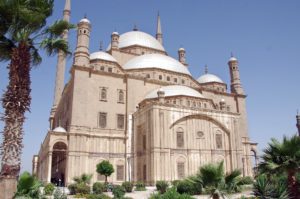
What to eat?
The great civilizational and cultural diversity of the city was not only reflected in the archaeological monuments, but also made its way to the Egyptian cuisine, which is also characterized by a great diversity and a unique mixture, as for breakfast, you can try Egyptian Favs beans in many ways, in addition to the Taameya tablets, which are also made of favs beans, along with eggplant and french fries and other goodies all combine in a hot loaf of Egyptian bread (baladi bread), and of course you will have to finish this hearty meal with a cup of tea.
For lunch, the options are a lot to chose from, on the one hand you can try the most famous local dish “koshari”, which consists of lentils, rice, pasta, chickpeas, fried onions, tomato sauce, and then you finish your meal with a glass of refreshing cane juice, all this at a low price and wonderful taste, On the other hand you can try Egyptian grills such as kofta, kebab, tarb, liver, sausage, etc., alongside the famous molokhia soup and Egyptian rice with vermicelli that is indispensable, or perhaps you can try some other dishes such as stuffed pigeons, pasta with bechamel sauce, or even a variety of delicious Egyptian Mahashi.
Of course, the day should end with a selection of Egyptian sweets such as kunafa, jalash, balah al-sham, lokma al-qadi and others, along with a cup of tea, or you can try some local dishes such as “Umm Ali”, which is a mixture of milk, bread chips and nuts, or rice budding but do not forget to try The impeccable Egyptian Mango juice from one of the local drinks shops.
Night Life
The number one option for nigh at Cairo is Felucca tour through the nile, you can also attend the pyramids sound and light show, or Al-Tannoura dance troup.
Another option is the opera house, where you can experience a lot of great arts, such as Cairo Symphony Orchestra, Opera ballet and many more.
